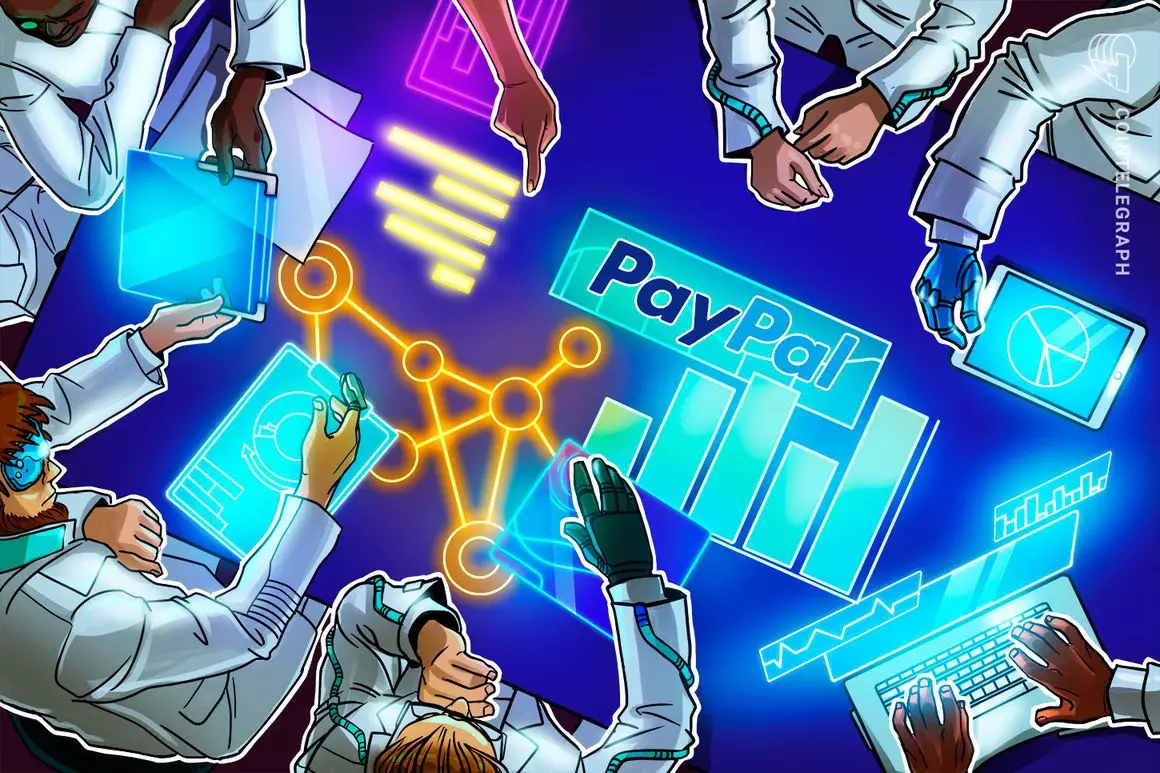PayPal’s recent launch of its Ethereum-based stablecoin, PYUSD, has been met with both excitement and skepticism within the crypto community. On one hand, it is seen as a significant step towards mainstream adoption of Ethereum. The introduction of this stablecoin could propel Ethereum closer to becoming the money layer of the internet, according to Ethereum enthusiasts Anthony Sassano and Ryan Sean Adams. With over 430 million active PayPal accounts globally, it is believed that a significant portion of the world’s population could potentially be onboarded onto Ethereum through PYUSD. Moreover, by deploying PYUSD on Ethereum’s base layer, it opens up possibilities for interaction with Ethereum layer-2 solutions, as highlighted by Martin Koppelmann, CEO and co-founder of Gnosis.
Despite the potential benefits, concerns have been raised about the implications of PayPal’s stablecoin for decentralization and personal control of assets within the crypto ecosystem. Smart contract auditors have pointed out that PYUSD’s smart contract includes functions like “freezefunds” and “wipefrozenfunds,” which are considered textbook examples of centralization attack vectors. These functions enable PayPal to exert control over users’ funds, highlighting a potential conflict with the principles of decentralization and individual autonomy that underpin cryptocurrencies. Chris Blec, a cryptocurrency researcher, goes further by suggesting that PayPal may exploit these controversial functions when deemed necessary. This raises questions about the true extent of user control and censorship resistance associated with PayPal’s stablecoin. Additionally, the fact that the smart contract can be changed by PayPal at any time introduces an element of centralized authority that contradicts the principles of transparency and immutability championed by blockchain technology.
On a broader scale, PayPal’s entry into the stablecoin market has been viewed as a manifestation of larger institutions embracing cryptocurrencies and injecting new life into the traditional payments system. Patrick McHenry, chair of the United States House Committee on Financial Services, sees stablecoins like PYUSD as potential pillars of the 21st-century payments system. This sentiment reflects a growing recognition within the financial and regulatory spheres of the transformative power and potential of digital assets. However, it is crucial to strike the right balance between innovation and regulatory oversight to prevent the stifling of the inherent advantages of decentralized cryptocurrencies.
Controversies and Engineering Choices
There are legitimate concerns regarding PayPal’s track record and potential implications for the stability and integrity of the crypto ecosystem. The company faced backlash in the past for policies that could have led to the imposition of fines on users for spreading “misinformation.” While the policy was later retracted, it raises concerns about the future handling of controversial issues and the ability of users to freely express their views within the PayPal ecosystem.
Furthermore, some experts point out suboptimal engineering choices made by PayPal in developing PYUSD. For example, the decision to use an outdated version of Solidity to program the contract and the contract’s upgradeability have been criticized. These choices suggest a lack of attention to important technical aspects that are crucial for the long-term stability and efficiency of the stablecoin.
Despite the reservations and criticisms, it is worth noting that PayPal’s stablecoin exists within the larger Ethereum ecosystem, which is inherently decentralized. Ethereum users have the freedom to choose whether to embrace PYUSD or not, as highlighted by Anthony Sassano. This acknowledgement of individual agency and choice is a fundamental characteristic of the crypto space and should not be overshadowed by concerns surrounding PayPal’s centralized control over its stablecoin.
PayPal’s introduction of the PYUSD stablecoin has ushered in a mix of excitement and skepticism within the crypto community. While it has the potential to drive Ethereum adoption and transform traditional payment systems, concerns regarding decentralization, personal control, and engineering choices should not be ignored. The crypto community should remain vigilant and critical of developments in order to preserve the foundational principles of decentralization, autonomy, and transparency that underpin the cryptocurrency movement.

